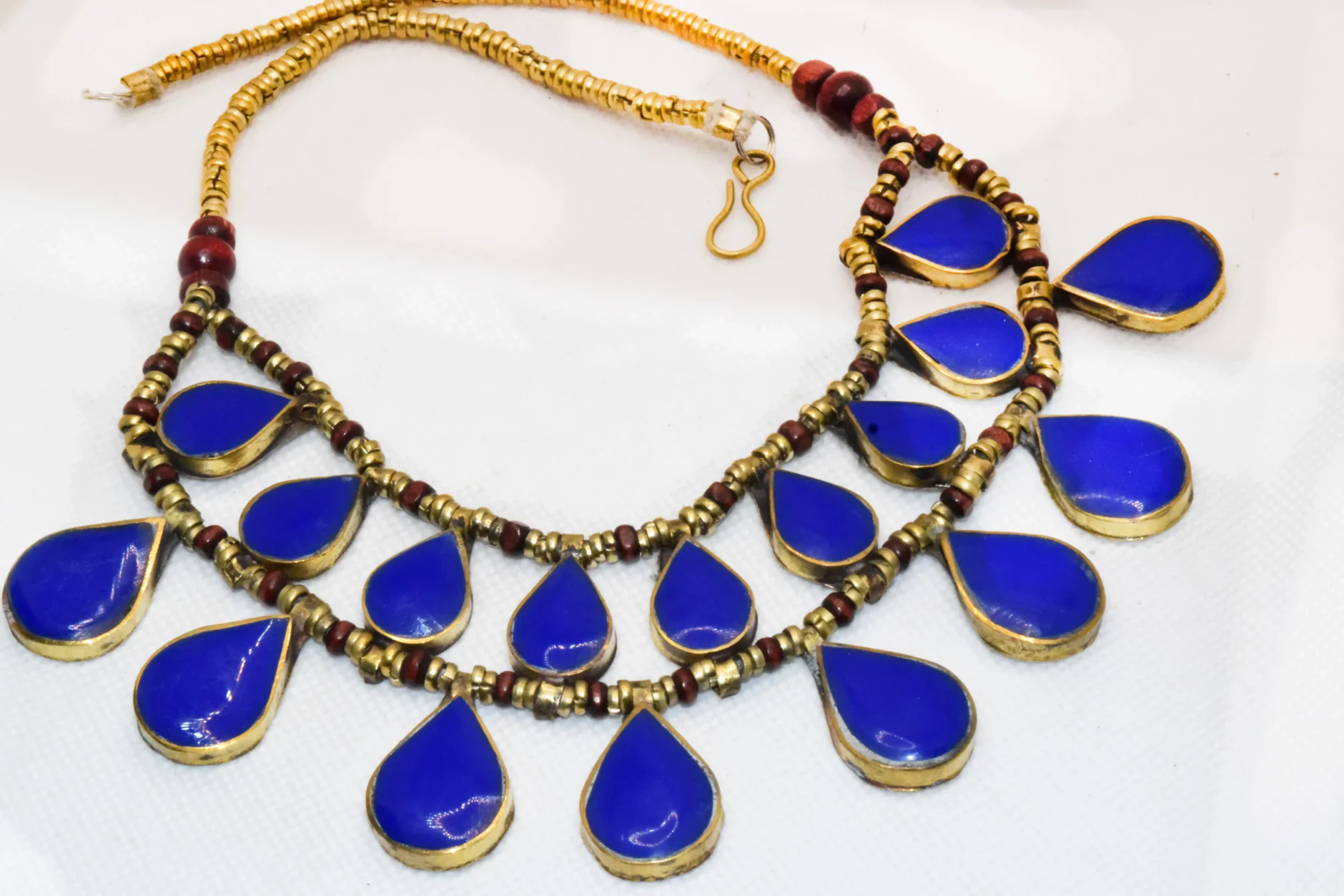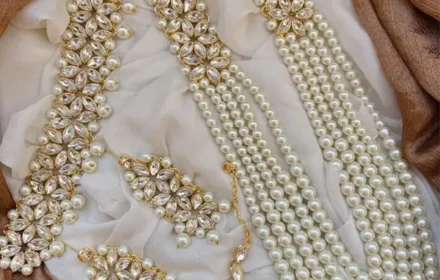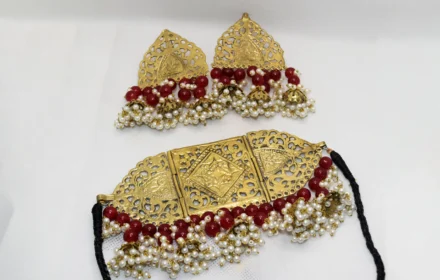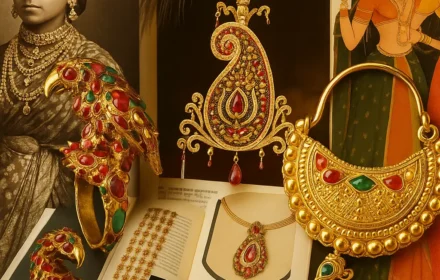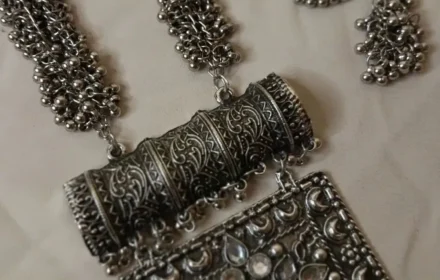A Celestial Gem through the Ages
Lapis lazuli, with its mesmerizing deep blue hue flecked with golden pyrite, has captivated human civilizations for over 7,000 years. Known as the “Stone of Pharaohs and Poets,” this semi-precious gemstone has adorned royal tombs, illuminated sacred manuscripts, and inspired spiritual wisdom from ancient Egypt to Renaissance Europe and the Islamic world.
Origins and Composition: A Gift from the Mountains
The finest lapis lazuli originates from the Sar-e-Sang mines of Afghanistan, which have been mined continuously since 6000 BCE. This gemstone is primarily composed of lazurite, which gives it its iconic royal blue color, often interspersed with white calcite and golden flecks of pyrite, creating a starry-sky appearance.
The term “lapis lazuli” comes from the Latin lapis (stone) and the Arabic lazaward (blue), literally translating to “blue stone.” Its rich coloration and historical legacy make it a symbol of royalty, divinity, and mystery.
Lapis Lazuli in Ancient Civilizations
Egypt: The Royal and Divine Stone
In ancient Egypt, lapis lazuli was sacred. It was used in amulets, scarabs, and burial masks—including the famed mask of Tutankhamun—to guide the soul in the afterlife. Egyptian queens and priestesses wore lapis jewelry and used powdered lapis in cosmetics, believing it provided divine protection and spiritual insight.
Mesopotamia and the Sumerians: Symbol of the Gods
In Sumerian and Babylonian societies, lapis lazuli was highly prized. It was used in royal seals, statues, and ritual objects. Mythologically, it was associated with divine power—Inanna, the goddess of love and war, descended into the underworld adorned in lapis jewelry, reinforcing its celestial association.
Islamic Culture: Divine Illumination
In Islamic tradition, lapis lazuli symbolized wisdom, tranquility, and divine beauty. Ground into ultramarine pigment, it illuminated the pages of Qur’anic manuscripts, embellished mosque domes, and decorated mihrabs and calligraphy. The color blue was used to signify heaven, serenity, and divine protection.
The Artistic Legacy: From Pigment to Poetry
Ultramarine in Renaissance Art
During the Renaissance, lapis lazuli was more valuable than gold due to its transformation into ultramarine—the richest and most vibrant blue pigment. Artists like Leonardo da Vinci and Vermeer used it for sacred imagery, particularly to paint the robes of the Virgin Mary, emphasizing its sacred and luxurious nature.
Literary Allusions: Yeats’ “Lapis Lazuli”
In 1938, W. B. Yeats penned his poem “Lapis Lazuli” as a meditation on art’s endurance amidst chaos. The gemstone becomes a metaphor for resilience, the eternal nature of creativity, and the search for beauty and spiritual truth amid worldly turmoil.
Modern Symbolism and Jewelry Appeal
Today, lapis lazuli is beloved in fine and artisanal jewelry. Its intense blue tone pairs beautifully with both gold and silver, often featured in rings, earrings, pendants, and talismans.
Popular meanings and associations include:
- Wisdom and Truth
- Inner Vision and Intuition
- Confidence and Communication
Modern lapis jewelry like “Star Dream” rings or “Golden Horizon” pendants blend ancient symbolism with contemporary design.
Metaphysical Properties: Mind, Body, and Spirit
Emotional and Spiritual Benefits
- Stimulates the Third Eye Chakra, enhancing intuition and spiritual insight.
- Opens the Throat Chakra, aiding communication and honest expression.
- Promotes clarity, emotional calm, and higher self-awareness.
Physical Benefits
- Supports relief from migraines and eye strain
- Enhances sleep quality, alleviates insomnia
- Aids in immune response and inflammatory conditions
Everyday Integration: Wear, Meditate, Decorate
| Usage | Benefits |
|---|---|
| Jewelry (rings, pendants) | Confidence, peace, balanced expression |
| Meditation Stone | Deep focus, spiritual insight, inner harmony |
| Home Décor / Feng Shui | Protective energy, mental clarity, calm |
| Non-contact Crystal Water | Peaceful vibration (avoid direct contact) |
Islamic Perspective: Spiritual Meaning and Permissibility
Lapis Lazuli in Islamic Architecture and Calligraphy
Lapis lazuli’s presence in Islamic culture is profound. Ground into pigment, it was used to illuminate Qur’anic texts and decorate mosque interiors. Domes, arches, and manuscripts from the Mughal, Timurid, and Safavid eras showcase lapis-based blue to signify divinity, reverence, and peace.
Beliefs and Permissibility in Islam
Islamic teachings permit the wearing of stones, including lapis lazuli, provided it is done without superstition or shirk (associating partners with Allah).
- Permissible for both men and women if free of gold (for men)
- Not allowed if worn as an amulet with superstitious beliefs
- Symbolizes values like wisdom, sincerity, and reflection
Lapis lazuli’s serene appearance supports inner calm, sincerity in speech, and can serve as a subtle reminder (dhikr) of the divine in daily life.
Summary Table
| Aspect | Islamic View |
|---|---|
| Wearing It | Allowed for adornment and modest beauty |
| Belief in Power | Avoid attributing supernatural effects (shirk) |
| Historical Use | Manuscripts, mosques, and calligraphy |
| Spiritual Symbolism | Serenity, sincerity, wisdom—aligned with Islamic ideals |
Ethical Sourcing and Authenticity Tips
To ensure you’re purchasing genuine and responsibly sourced lapis lazuli:
- Look for rich, vivid royal blue with golden pyrite specks
- Avoid overly uniform or dyed stones
- Choose artisans or brands committed to fair trade practices
Conclusion: A Living Legacy of Spirit and Beauty
From the tombs of pharaohs to the prayer halls of ancient mosques, lapis lazuli continues to enchant as a stone of depth, protection, and beauty. Whether worn as a ring, placed in your meditation space, or gifted as a symbol of truth and love, lapis lazuli invites us to remember our connection to something greater.
Explore our curated collection of lapis lazuli jewelry, home décor, and spiritual accessories to bring this timeless gem’s energy into your life.


